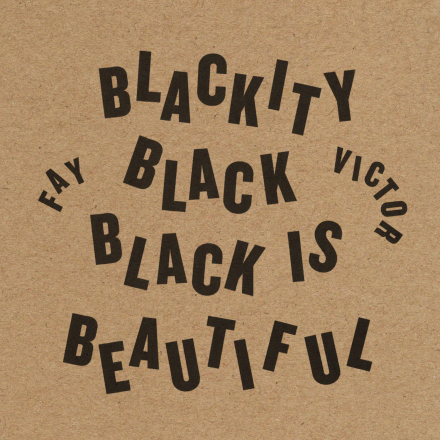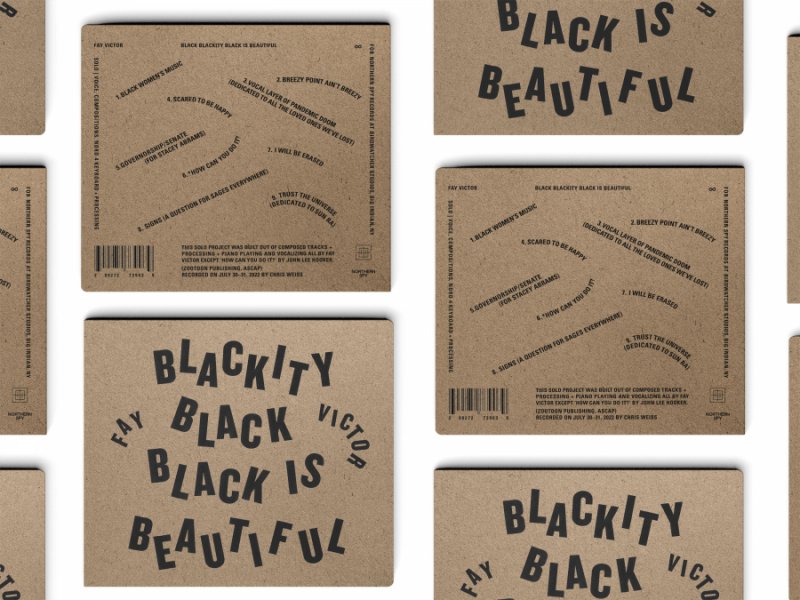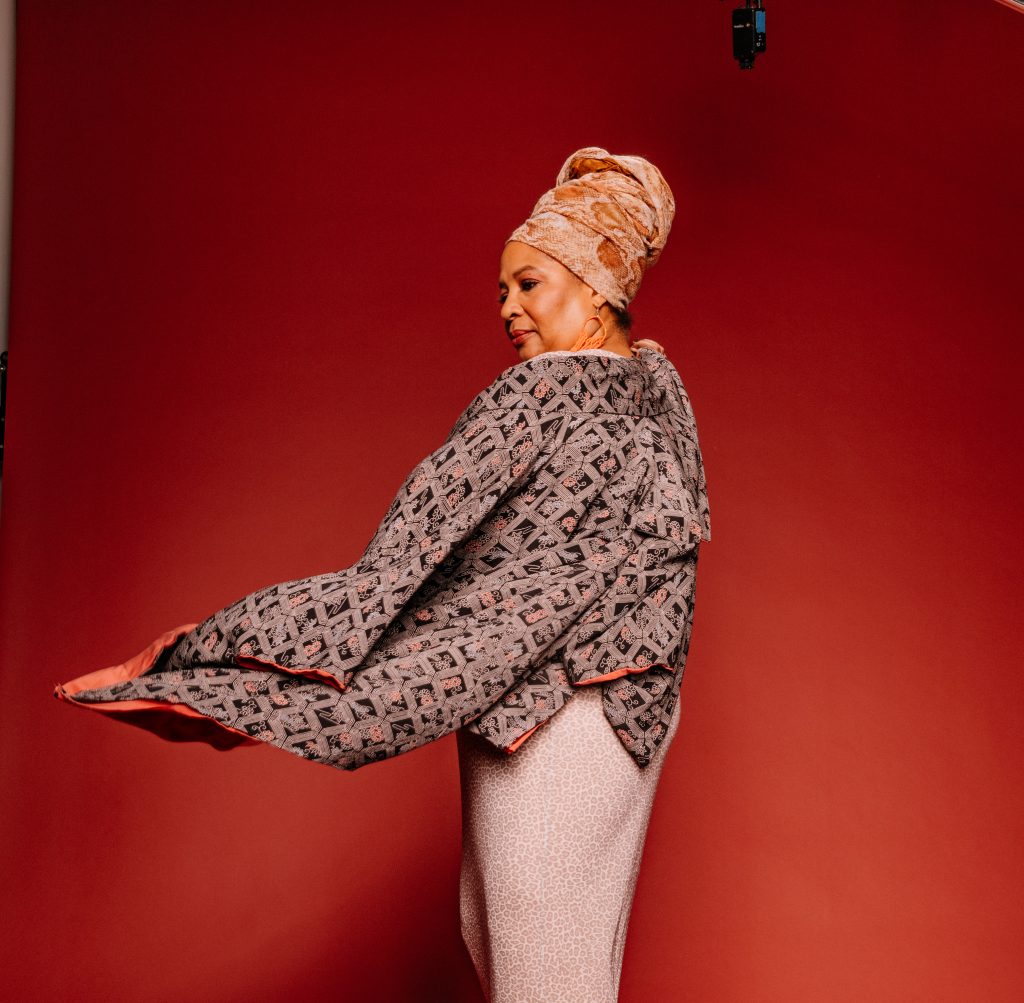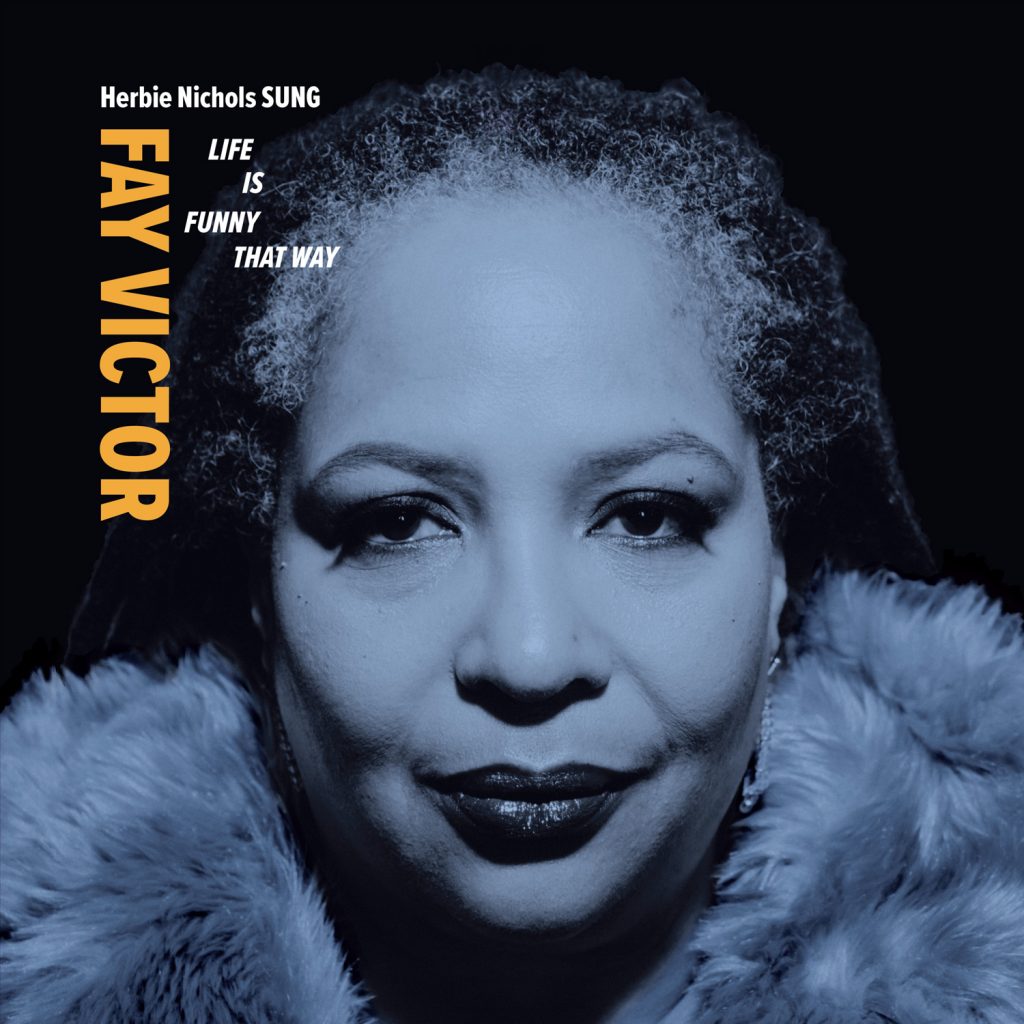
This project started the day I became acquainted with the music of Herbie Nichols. The day I heard his music for the very first time, especially the composition ‘House Party Starting’ I was floored, curious. I hadn’t heard anything like it yet but it was familiar too. I knew nothing about Herbie Nichols. I happened to stumble on a compilation of his in my then boyfriend’s music collection and pulled the album out based on his face, a warm face with cerebral eyes.
The music I heard that day connected to my heart immediately as if he were an old friend. A few years later, I had learned House Party Starting and set it to lyrics. The words came like a flash. the whole thing written with the low Amsterdam sun on my shoulder. I sang it with my band. We let go of Nichols intro, started right on the head and used guitar instead of piano. I came out of the box wanting to find my own way with his music, never interested in an archival approach.
Bit by bit, I connected to his music song by song, living with these compositions in my head and heart until I found the words to tell that song’s story as I heard it. This organic process took some years. Around 2010 I started thinking of what group sound would work? I tried tuba,. saxophone and guitar for the Jazz Vault project which performed the music of Monk and Mingus too. There was a period where Misha Mengelbeeg spoke about doing a Monk/Nichols recorded project. That never happened but I did get to play Nichols’ music with ICP (instant composers pool) on a few occasions.
I was going for something else too. Something I didn’t hear as much as I wanted to hear. Nichols’ music is harmonically complex. The forms can feel strange. There has been an effort to sound out all of these elements in other projects dedicated to his music. This is important. For example, Misha Mengelberg and members of ICP flushed out these harmonies across 10 players of brass and strings. Misha felt that was the natural progression for Herbie’s music. I wanted to also focus on the joy in his music. I wanted to channel the cultural connection that he and I share, which has roots in the Caribbean, specifically Trinidad and Tobago where both our mothers are from. How that impacts expression.
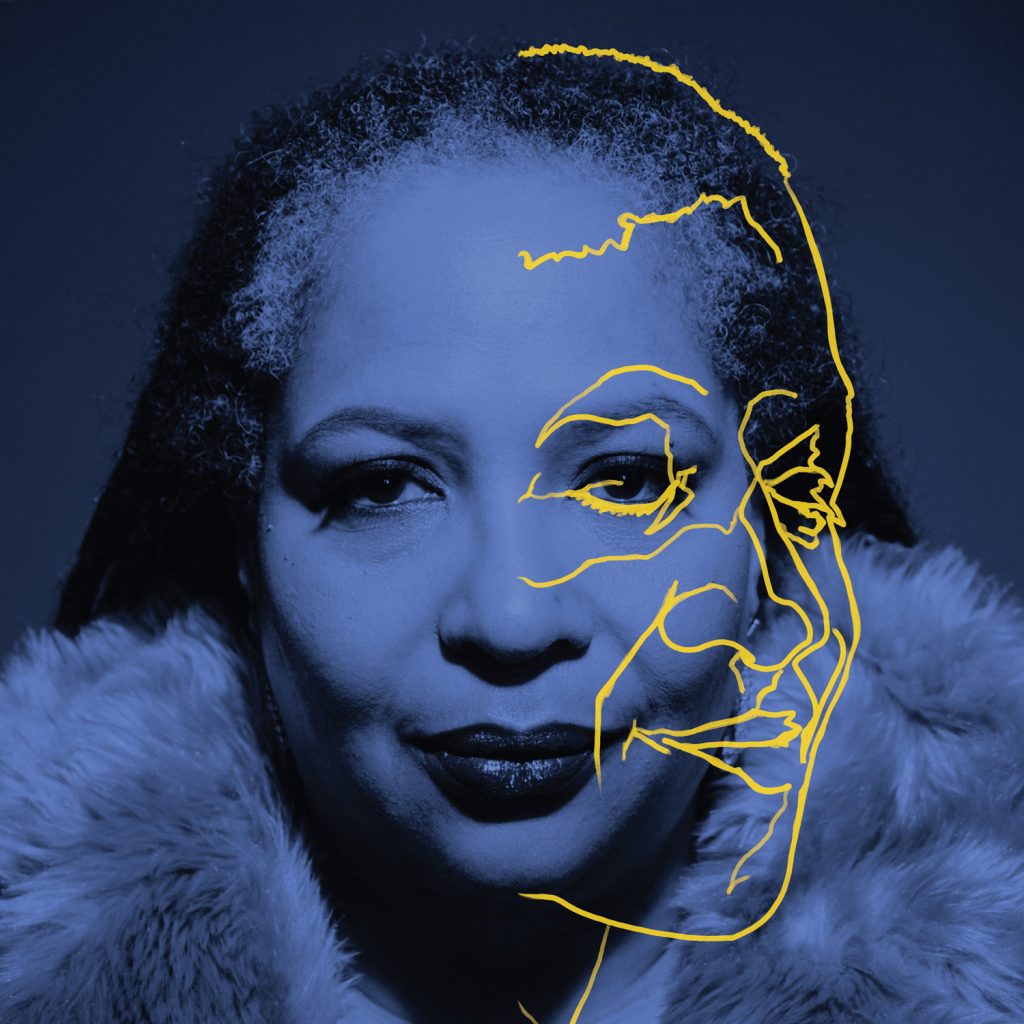
Thanks and gratitude to Whit Dickey and Steven Joerg of Tao Forms. They both took on and deeply embraced Life Is Funny This Way from beginning to end. The attention, care and LOVE for this release is something I’ve never experienced in my recording career. This project was carried with love! Thank you to the design/artwork of Bill Mazza and the beautiful photography of Deneka Peniston. Thank you to Kevin Whitehead for the amazing words on Life Is Funny That Way.
To the band – Michael Attias, Anthony Coleman, Tom Rainey and Ratzo Harris. The journey to this day was built organically, gig after gig. Thank you for your patience toward the immersion and your love of Herbie’s music. A joy to have built this world with you all.
Life Is Funny That Way – Herbie Nichols SUNG drops This FRIDAY, April 5, 2024
Double LP and Double CD options available!
Available on all music outlets – tactile and digital from the Tao Forms Label
or via Bandcamp!
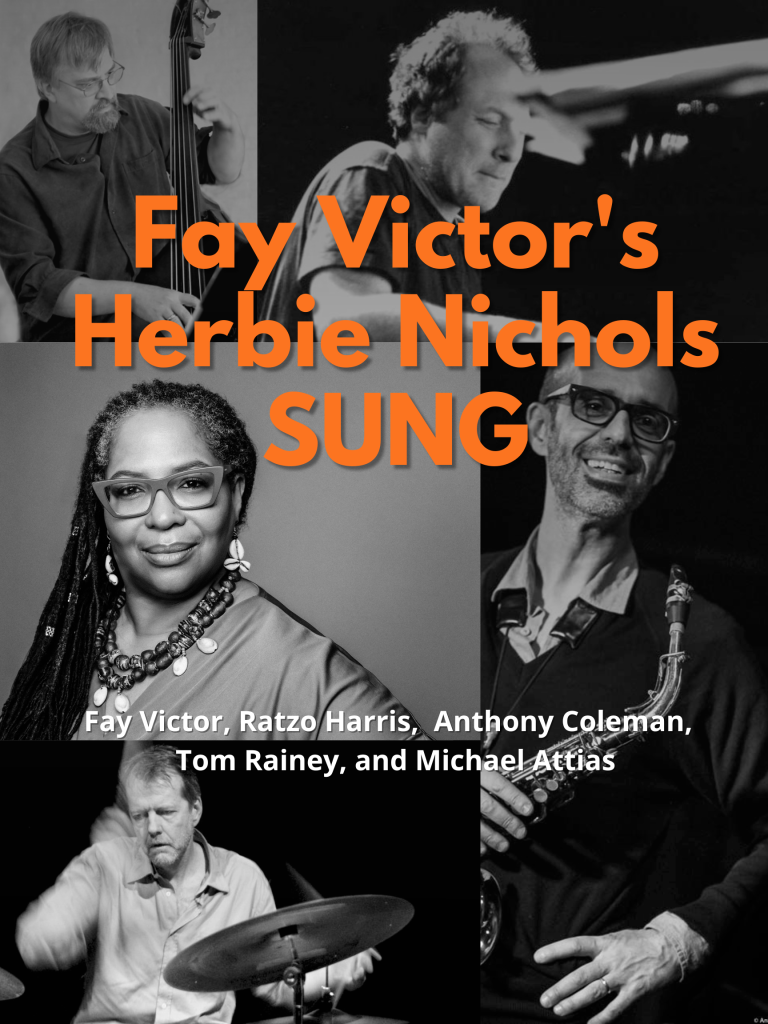
From Martin Johnson at the Wall Street Journal (March 30, 2024)
“Life Is Funny That Way” offers a rich portrait of Nichols, and it highlights the contemporary aspects of his music. Ms. Victor’s versatile band includes saxophonist Michaël Attias, pianist Anthony Coleman, bassist Ratzo Harris and drummer Tom Rainey. Their range is a good fit, and her vocals embrace straightforward singing, scat, vocalese and poetic recitation; it’s a style that enables her to explore deeper meanings in songs and broaden their cultural connections. Her influences include both classic jazz singers like Betty Carter and late 20th-century innovators like Jeanne Lee.
The album opens with the title track, which stuns with swaggering confidence, layered improvisations, and a puckish vibe that feels emblematic of the entire Nichols catalog. Ms. Victor also revisits “House Party Starting,” here retitled “Tonight,” and it is highlighted by wry solos and clever interplay by the ensemble. Her take on “Lady Sings the Blues” adds a chapter to the song’s evolution. The composition began as a midtempo instrumental piece, “Serenade,” but Holiday slowed it to a dirge, her lyrics capturing both sorrow and resilience. Ms. Victor slows it still further, making both elements more visceral, and the song becomes bracing.”
Read full review HERE.
